
Paul Anderson's video play list of videos that can be used in a AP Biology Science Practices course
- Subject:
- Biology
- Life Science
- Material Type:
- Lecture
- Provider:
- Bozeman Science
- Date Added:
- 11/23/2016

Paul Anderson's video play list of videos that can be used in a AP Biology Science Practices course

Series of videos that can be used in a AP Biology Video Essentials class created by Paul Anderson- Bozeman Science
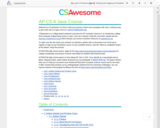
CSAwesome is a free College Board endorsed curriculum for AP Computer Science A, an introductory college-level computer programming course in Java
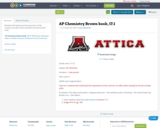
Students will understand the importance of the common ion effect when looking for the pH of weak acids.
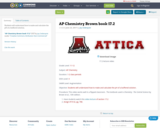
Students will understand how to make and calculate the pH of a buffered solution.

Students will understand how to calculate the pH during different types of acid-base titrations, including guidelines from determining which indicator to use.
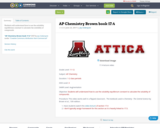
Students will understand how to use the solubility equilibrium constant to calculate the solubility of compounds
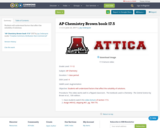
Students will understand factors that affect the solubility of solutions.

Students will understand how to calculate the equilibrium quotient to determine the direction of solubility and solid formation.
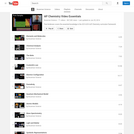
Paul Anderson's video playlist of videos that can be used in a AP Chemistry Video Essentials class

A modified version of a Chalk Talk routine in which the educator provides a prompt for students to put forth ideas, questions, and further develop ideas of others in an effort to advance understanding in relation to a topic.
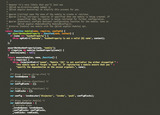
This activity utilizes a Claim-Support-Question framework that allows students to draw on prior knowledge, investigation, and questioning. Designed to be placed within a Java context of enhancing object-oriented programming classes using interfaceses, students will analyze, implement, and support claims regarding three separate interfaces while moving between analysis and program implementation.

This activity is utilized as a method for students to commuincate their current learning, progress their understanding, and then reflect on their current understanding of a topic and share what they now think and the connections they have built.
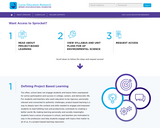
This course contains five projects, plus a course introduction and course closure, that are organized around the following question: “How can we rethink our use of the world’s resources?” Each project involves investigations of sustainability that help contextualize the content required by the new College Board course framework.
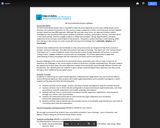
This AP Environmental Science class is intended to meet the same objectives as a first-year college-based course.
However, the method of instruction for this course is unique compared to similar courses because we have adopted
a project-based learning (PBL) approach. Although PBL may take many forms, our approach involves student
investigations and simulations that require students to think like scientists, policymakers, farmers, and other adults
in real-world settings. Teachers engage students in collaborative problem solving, argumentation, and deep
exploration of the concepts and principles of the discipline. The goal for student learning is understanding rather
than relying on rote memory to create meaningful learning and knowledge that is actionable, adaptive, and
transferable.
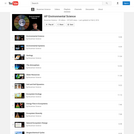
Paul Anderson playlist of videos that can be used in an AP Environmental Science Class
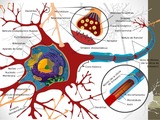
Anatomy and Physiology Lab I slide decks created by Steven Lee M.S. Pathology, FTCC. The PowerPoints include labeled body images to assist students in identifying body parts. Nicole Shaw is only responsible for assisting Steven with licensing his work under an open license and uploading content to the Commons.

This textbook introduces students to the application methods of control charts to improve quality in health care. The textbook is written to be accessible to any student in the areas of health information management, health care informatics, and health care industrial engineering. Having a basic background in statistics would be beneficial, but such training is not a prerequisite to understanding how to apply the techniques discussed here. Several How-To sections are included to demonstrate the implementation of the given control charts using software such as Minitab and Excel. Additionally, samples of a Python code are included and can directly be accessed in a Jupyter Notebook at https://github.com/JeromeNN/Applications-Control-Charts-Quality-Improvement-Health-Care
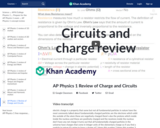
In this video David quickly explains each charge and circuit concept and does a sample question for each one. Created by David SantoPietro.
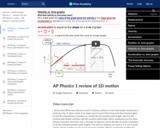
In this video David rapidly explains all the concepts in 1D motion and also quickly solves a sample problem for each concept. Keep an eye on the side scroll see how far along you've made it in the review video. Created by David SantoPietro.